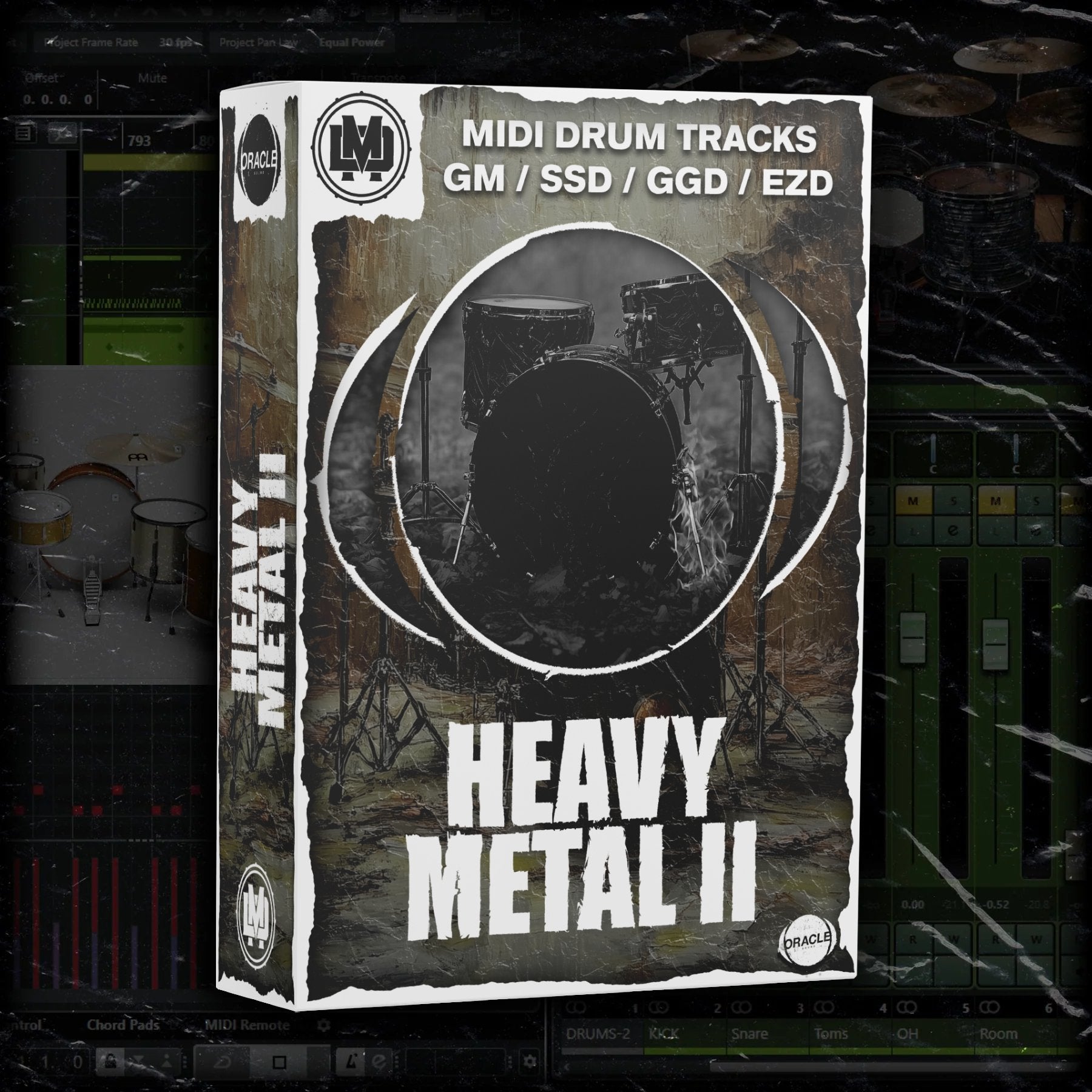Top MIDI Drum Pattern Ideas to Enhance Your Tracks
Top MIDI Drum Pattern Ideas to Enhance Your Tracks
Blog Article
MIDI drum designs have reached the primary of modern music production. They allow artists and makers to produce dynamic, adaptable defeats that drive a track's rhythm. Whether you're a novice or a seasoned company, knowledge the fundamentals of fabricating midi drum patterns may raise your music production skills. That information covers everything you need to know—from simple ideas to advanced techniques—to art engaging drum designs tailored to your music.
What Are MIDI Drum Patterns?
MIDI (Musical Tool Digital Interface) drum designs are electronically made sequences of drum defeats developed in a DAW (Digital Music Workstation). Unlike recorded audio, MIDI information contains details about the time, message, velocity, and duration of records, providing complete get a handle on over every aspect of the beat.
With MIDI, makers may experiment with countless drum packages, tweak rhythms, and layer appears to create beats for genres which range from hip-hop to electric to rock. The versatility of MIDI makes it a vital software for music production.

The Creating Blocks of a Drum Design
Developing a good MIDI drum pattern starts with knowledge the the different parts of a drum system and their tasks in surrounding beat:
Kick Drum: Types the inspiration of the beat. It gives the thud or low-end strike that pushes the rhythm.
Snare Drum:Provides energy and emphasis, often producing the click sound heard on the 2nd and 4th beats in several genres.
Hi-Hats: These come in two types (closed and open) and put dance and variance with consistent patterns.
Toms: Fill in changes or put character to your patterns.
Accident and Ride Cymbals: Employed for features and to tag transitions in just a song.
Steps to Produce MIDI Drum Designs
Step 1: Begin with a Fundamental Pattern
Lay down a simple 4/4 beat. Use a end drum on defeats 1 and 3 and a snare on defeats 2 and 4. Add regular hi-hats on every eighth note to keep the rhythm moving. This determines a solid foundation.
Stage 2: Add Difficulty
When your standard beat is in place, present variation. Include offbeat hi-hat visitors, cat notes on the snare, or syncopation to produce a dance that feels alive and engaging.
Stage 3: Focus on Pace and Humanization
One frequent problem with MIDI drum habits is that they'll sound robotic if every note is performed at the exact same velocity. Regulate velocities to simulate the character of a genuine drummer's performance. Additionally, experiment with slight timing changes to humanize the rhythm.
Step 4: Integrate Fills and Transitions
Drum floods are important for noticing changes between music sections. Use tom rolls, snare floods, or cymbal accidents to add excitement and movement to your habits, maintaining fans engaged.

Step 5: Try out Styles
Examine various types to increase your understanding of drum patterns. Hip-hop defeats may possibly function swung hi-hats and syncopated sneakers, while electric audio frequently engages complex grid-based development and split percussion.
Tips for Elevating Your Defeats
Coating Your Sounds: Combine products or drum looks to create bigger, more distinctive beats.
Use Results Beautifully: Add reverb, delay, or retention to specific drum elements for a far more polished sound.
Study True Drummers: Analyze drum performances in your favorite tracks to know groove and flow patterns better.
Uncover Countless Creativity with MIDI
Learning MIDI drum designs allows you to innovate and adjust defeats to generally meet the needs of any track. By blending specialized detail with innovative experimentation, you are able to craft rhythms that drive your music and keep a lasting impact. Begin exploring today and faucet into the boundless possibilities of MIDI for the drum production.
Report this page